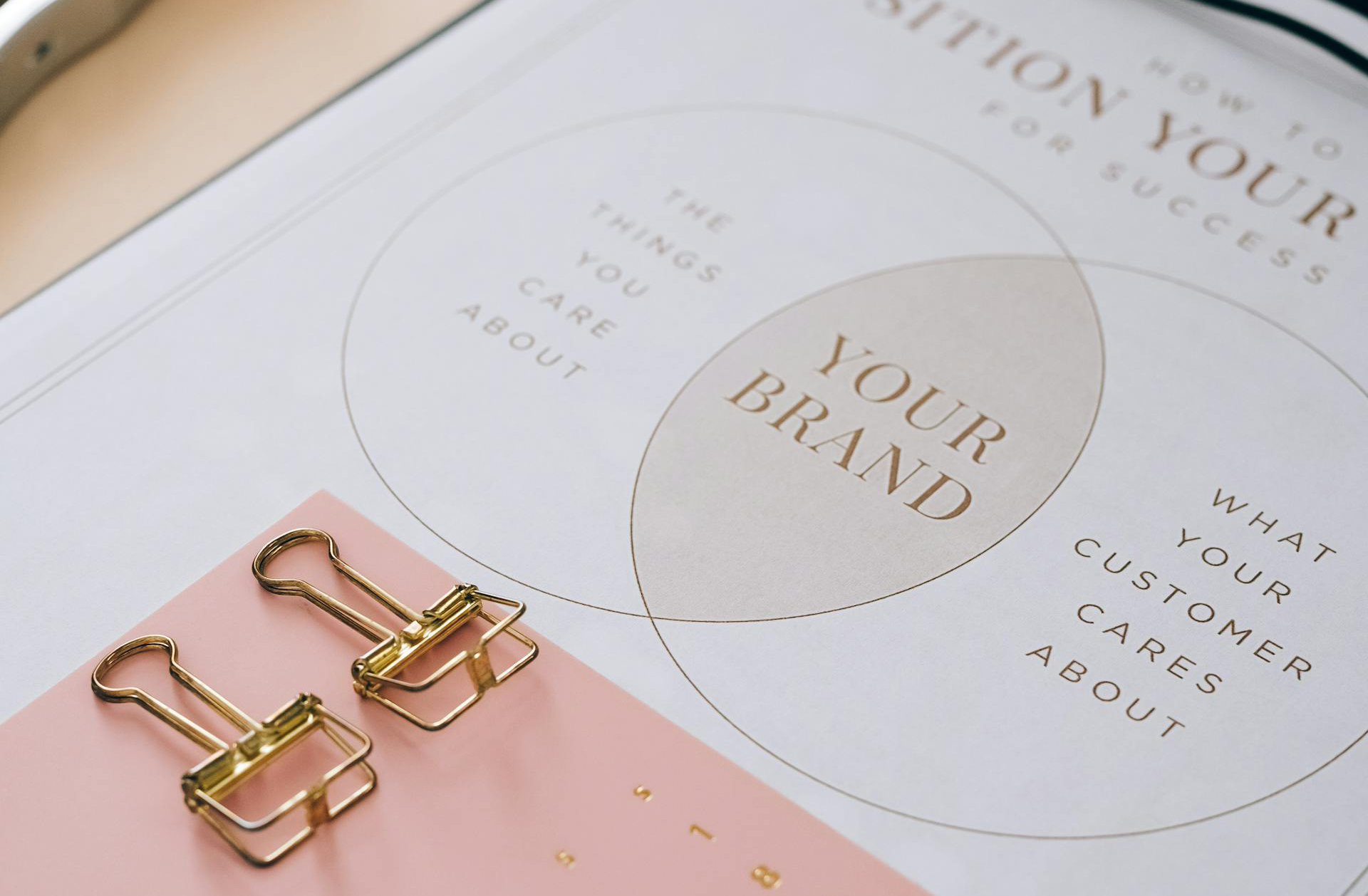While various factors contribute to brand recognition and loyalty, design plays a pivotal role in shaping how a brand is perceived by its audience. The visual elements of a brand — from its logo to its color palette — help communicate the brand’s values, personality, and mission. Let’s explore how design impacts brand identity and why it’s crucial to invest in creating a cohesive and appealing visual presence.
Creating First Impressions with Visual Design
The first encounter a potential customer has with a brand often happens through its design. Whether it’s through a logo, a website, or product packaging, the visual aspect of a brand is what catches the eye first. A well-designed logo, for example, can convey professionalism, creativity, or reliability, depending on the message the brand wishes to send. First impressions are critical in making a memorable impact, and design provides the perfect opportunity to create an instant connection with an audience. A professional graphic design company can help businesses create a visually appealing and cohesive brand identity that resonates with their target audience.
Consistency Across All Touchpoints
A strong brand identity relies on consistency. When design elements, such as colors, fonts, and imagery, remain uniform across various platforms and materials, they create a sense of reliability and trust. Consumers are more likely to engage with a brand that feels consistent, as it assures them they are dealing with a reputable company. For instance, if a company’s website design is sleek and modern, and its product packaging follows the same design principles, it reinforces the brand’s identity. Consistency across all touchpoints — from digital platforms to physical products — makes the brand instantly recognizable.
Design as a Reflection of Brand Values
Design isn’t just about aesthetics; it also conveys the values and mission of a brand. Color choices, for example, can evoke specific emotions or messages. Blue often represents trust and professionalism, while green might be associated with sustainability and eco-friendliness. The style of design also communicates the brand’s personality — a playful, bold design may appeal to a younger demographic, while a minimalistic, elegant design might attract a more sophisticated audience. Aligning design with a company’s core values helps build a deeper connection with customers, allowing them to feel more aligned with the brand’s ethos.
Building Emotional Connections Through Design
A strong brand identity is not just about recognition; it’s also about building emotional connections. Design plays a significant role in fostering these connections by telling a story and engaging the audience on a deeper level. For example, a brand that uses storytelling in its design — through its logo, website, or product visuals — can evoke emotions that resonate with consumers. When customers feel emotionally connected to a brand, they are more likely to become loyal advocates. This emotional bond is crucial for long-term brand success.
The Impact of Design on Brand Perception
The way a brand is perceived is directly influenced by its design. High-quality, thoughtful design can position a company as premium and reliable, while poor design might cause consumers to question the brand’s quality. Investing in professional design shows that a business values its image and, by extension, its customers. A strong design strategy helps a brand stand out from competitors, attract the right audience, and communicate its values effectively.
Conclusion
In today’s digital and visual world, design plays a vital role in shaping a brand’s identity. It’s not just about making things look pretty — design is a powerful tool that can communicate a brand’s values, build emotional connections with customers, and create lasting impressions. Whether it’s through a logo, website, or product packaging, design has the power to strengthen and solidify a brand’s identity.







